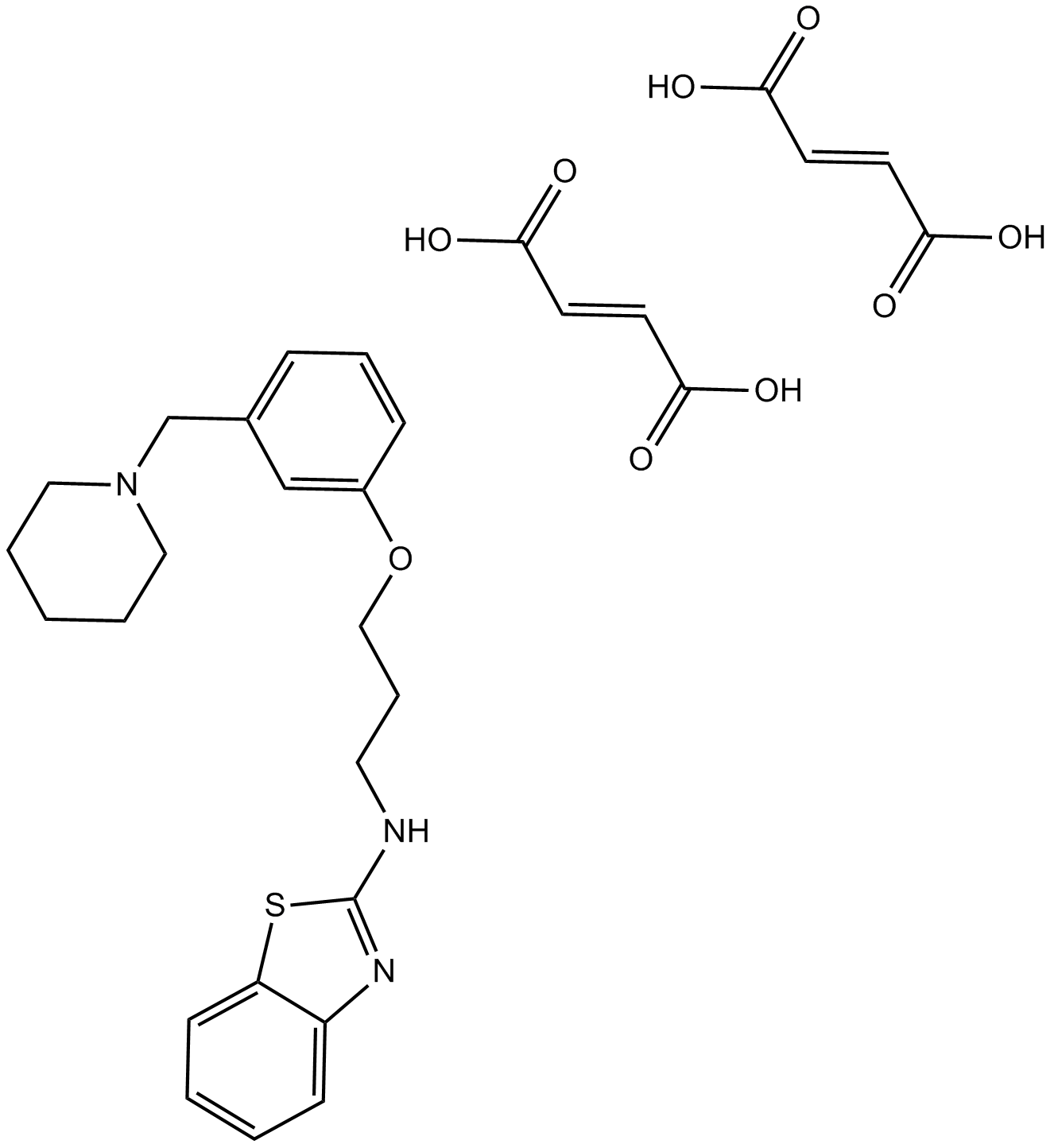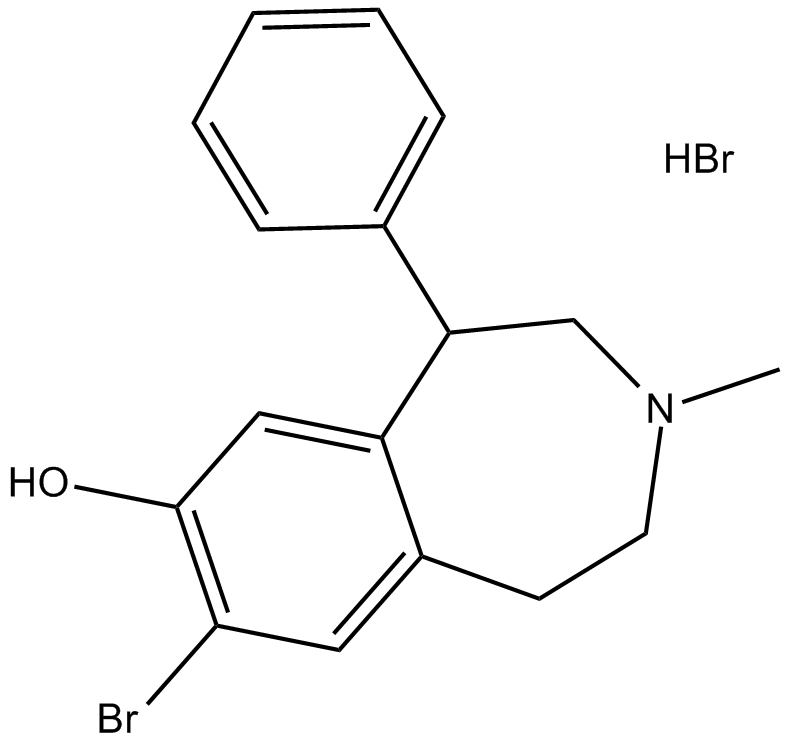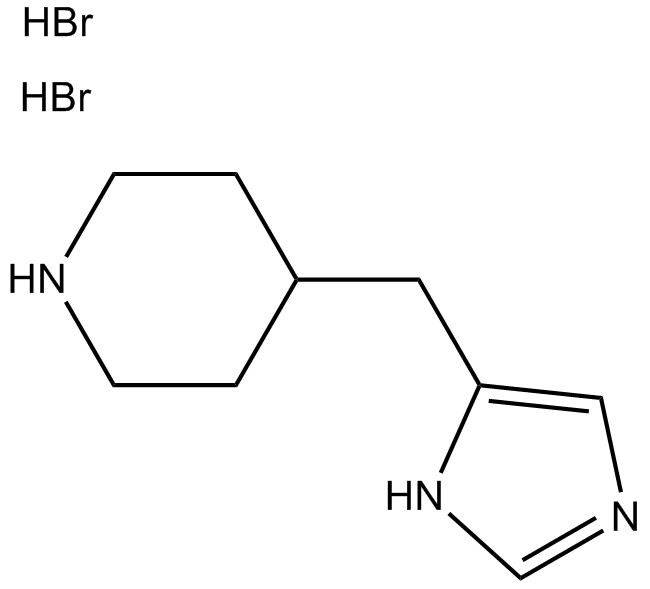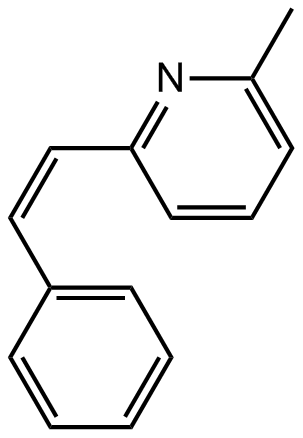Neuroscience

Neurotransmitter receptors function via various G-protein coupled and G-protein independent mechanisms that activate downstream intracellular signaling pathways such as cAMP/PKA, PI3K/AKT, phospholipase A2, and phospholipase C pathways. For instance, dopamine receptors act through adenylate cyclase to activate PKA and other signaling molecules, thereby mediate gene expression through the actions of CREB and other transcription factors. Other neurotransmitters such as NMDAR or AMPAR are associated with ion channels that control flux of Ca2+ and Na+, thus propagating the action potential across the post-synaptic neuron.
Dysfunctions in GABAergic/glutamatergic/serotonergic/dopaminergic pathways result in a broad range of neurological disorders such as chronic pain, neurodegenerative diseases, and insomnia, as well as mental disorders including schizophrenia, bipolar disorder, depression, and addiction.
-
 C4720 Tolmetin (sodium salt hydrate)Summary: non-steroidal anti-inflammatory drug that non-selectively inhibits human COX-1 and -2
C4720 Tolmetin (sodium salt hydrate)Summary: non-steroidal anti-inflammatory drug that non-selectively inhibits human COX-1 and -2 -
 B6581 Zolantidine dimaleateSummary: H2 receptor antagonist
B6581 Zolantidine dimaleateSummary: H2 receptor antagonist -
 B6636 SIB 1757Summary: mGlu5 antagonist
B6636 SIB 1757Summary: mGlu5 antagonist -
 B6797 SKF 83566 hydrobromideSummary: D1-like dopamine receptor antagonist
B6797 SKF 83566 hydrobromideSummary: D1-like dopamine receptor antagonist -
 C4718 Indomethacin heptyl esterSummary: non-selective inhibitor of both COX-1 and COX-2
C4718 Indomethacin heptyl esterSummary: non-selective inhibitor of both COX-1 and COX-2 -
 B2243 Almotriptan MalateSummary: 5-HT1B/1D-receptor agonist
B2243 Almotriptan MalateSummary: 5-HT1B/1D-receptor agonist -
 B6510 Immepip dihydrobromideSummary: histamine H3 receptor agonist
B6510 Immepip dihydrobromideSummary: histamine H3 receptor agonist -
 B6635 SIB 1893Summary: mGlu5 antagonist
B6635 SIB 1893Summary: mGlu5 antagonist -
 B6791 Roxindole hydrochlorideSummary: Dopamine D2 autoreceptor agonist
B6791 Roxindole hydrochlorideSummary: Dopamine D2 autoreceptor agonist -
 C4357 ZLJ-6Summary: dual inhibitor of COX and 5-lipoxygenase (5-LO)
C4357 ZLJ-6Summary: dual inhibitor of COX and 5-lipoxygenase (5-LO)

